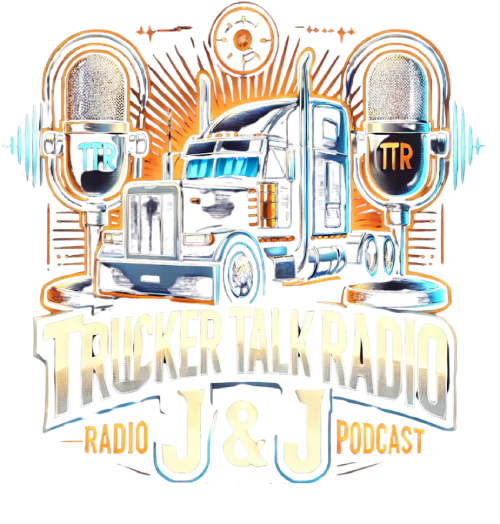According to an analysis by McKinsey, the rollout of autonomous vehicles (AVs), which promise to lower shipping costs and mitigate driver shortages, is likely to be postponed by another year. Major original equipment manufacturers (OEMs) remain committed to autonomous trucking and are investing in the deployment of these vehicles in the latter half of this decade.
Factors Supporting Autonomous Trucking
AVs have the potential to tackle several challenges in the trucking industry. One major issue is the chronic shortage of drivers, with over 80,000 vacancies in the US alone, a number expected to double by 2030. The age of truck drivers is also noteworthy; the median age in the US is 46 compared to 42 across all sectors. The situation is even more severe in Europe, where about 7 percent of truck driving roles remain unfilled, projected to increase to 745,000 by 2028.
Regulatory frameworks have been largely neutral or favorable towards autonomous trucking. The European Union has approved type-approval regulations for AVs, which are being implemented by member states. While the US federal government has not yet established regulations for autonomous driving, many states permit testing and some have greenlit commercial use.
Operational Costs and Use Cases
Transportation costs have risen significantly in recent years, attributed to higher driver wages and fuel prices. In Europe, spot rates increased by 28.0 percent since 2017, while in the US, logistics costs as a percentage of nominal GDP rose from 7.5 percent in 2020 to 8.7 percent in 2023. These increasing costs could be counterbalanced by the operational efficiencies of autonomous driving.
Autonomous trucking can evolve with two main use cases from 2027 to 2040: confined autonomy for hub-to-hub operations and full autonomy. The initial use case involves driverless operations (SAE Level 4) primarily on highways, where trucks can handle long-haul segments but require manual drivers for local deliveries. The eventual goal is full autonomy, where trucks can communicate directly between distribution centers without the need for transfer hubs, gradually becoming viable as technology matures.
Future Market Projections
McKinsey forecasts the autonomous heavy-duty trucking market could reach approximately $616 billion by 2035, split among China (around $327 billion), the US ($178 billion), and Europe ($112 billion). The US is expected to lead in adoption rates, influenced by the scarcity of truck drivers and long distances between major cities, while Europe may lag despite greater potential cost savings.
Emerging Business Models
Two innovative business models are emerging: Driver-as-a-Service (DaaS) and Capacity-as-a-Service (CaaS). DaaS allows fleet operators to lease trucks while paying per mile for virtual driving services, which can reduce total costs and enhance safety. CaaS involves manufacturers managing the entire logistics process, providing potential for higher margins but also greater risks. Both models aim to optimize operational costs and adapt to the evolving market landscape, ultimately benefiting fleet operators and consumers alike.
Strategies for Industry Participants
Stakeholders in the trucking industry should innovate early to position themselves effectively for the transition to autonomous vehicles. Fleet operators can start pilot programs with technology providers to reshape their networks, while OEMs must enhance their technological capabilities and consider sustainable options for future trucks. Infrastructure providers should build necessary advancements and explore public-private partnerships. With proactive engagement and strategic positioning, industry players can facilitate a smoother transition to autonomous trucking.


